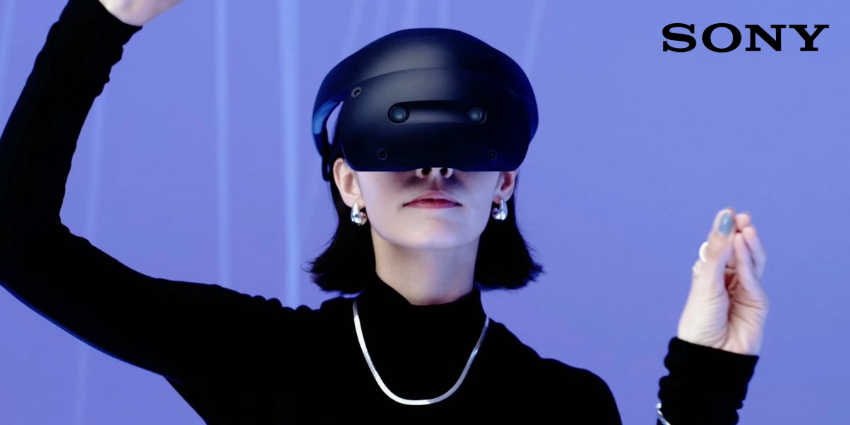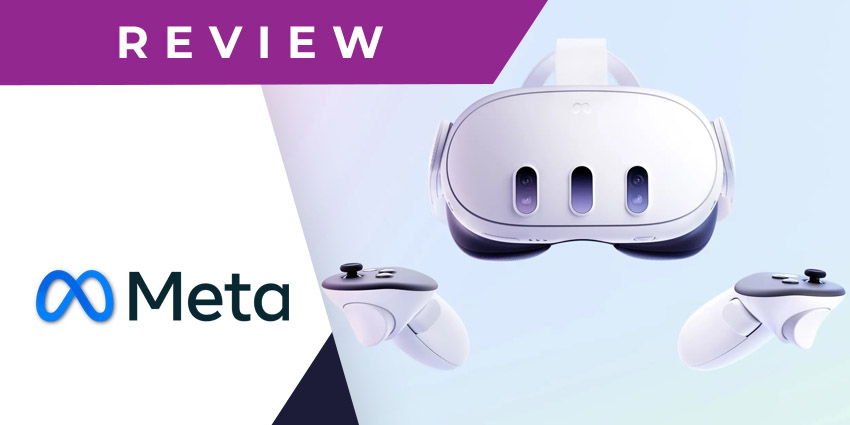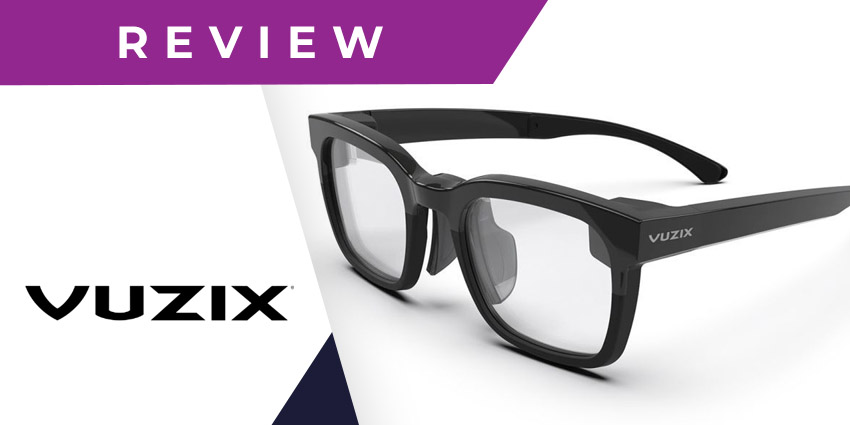The Pico 4 virtual reality headset might not be the latest wearable produced by the Bytedance-owned XR firm, but it’s still one of the most intuitive and affordable headsets. Offered in both an enterprise and consumer-focused version, the Pico 4 is powered by the same Snapdragon XR2 processor as Meta’s Quest 2, and it even has its own app marketplace.
After reviewing the enterprise version of this headset last year, I decided it was time to take a closer look at the standard solution. After all, you can still use consumer-grade headsets for immersive collaboration, as we’ve seen with the Meta Quest 3.
Here’s everything you need to know about the Pico 4 VR headset.
Quick Verdict
The Pico 4 virtual reality headset is a lightweight and cost-effective wearable ideal for everyday use. Although it’s not as powerful as some of the current leading headsets on the market, it does offer some useful features, like passthrough capabilities and an excellent 4 K display.
Unfortunately, it lacks the enhanced mixed reality capabilities of competitors like the Meta Quest 3, which is available for only a slightly higher price.
Pico 4 Virtual Reality Review: The Specs
The Pico 4 virtual reality headset is similar to the Quest 2 in many ways. You can choose to use the headset wirelessly or connect it to your PC for access to more apps and battery life. You also get features like spatial audio, mixed reality passthrough, and a dedicated operating system.
Here’s a quick look at the specs:
| Processor | Qualcomm XR2 8-core, 64-bit |
| Storage | 8GB + 128GB or 256GB |
| Wireless connectivity | Wi-Fi 6 or Bluetooth 5.1 |
| Resolution | 2160 x 2160 per eye |
| Refresh rate | 72Hz / 90Hz |
| Optics | Pancake lenses with 105-degree field of view |
| Tracking | 6DoF |
| Battery | 5300 MAH (2-3 hours of use time) |
| OS | Pico OS 5.0 |
| Passthrough | Full-color passthrough |
Pico 4 VR Pricing and Availability
The Pico 4 virtual reality headset is undoubtedly one of the most affordable options, with prices starting at around £339 in the UK. Unfortunately, this means it’s still more expensive than the comparable Meta Quest 2 (now that Meta has dropped its prices). Plus, it’s only slightly cheaper than the far more powerful Quest 3.
There’s another major issue with the Pico 4: it’s not available everywhere. You can easily buy one of these headsets in Europe and various parts of Asia. But it’s difficult to find in North America.
Pico 4 Virtual Reality Review: Design and Comfort
One thing I like about the Pico 4 is how lightweight and comfortable it is to use. With the included strap, it only weighs around 586 grams in total. Plus, the battery is located on the back of the headset, which means you get a more balanced experience than you would with the Quest 2.
The strap isn’t quite as comfortable as on some alternative devices, like the Apple Vision Pro and Meta Quest Pro. There’s very little flex, so the strap can start to dig in after a while. However, the strap does ensure your headset stays stable as you move around in VR.
Plus, like most leading VR headsets, the Pico 4 has plenty of padding around the facial interface and the option to adjust interpupillary distance (IPD).
The controllers are pretty comfortable to use, too, although they do feel very similar to the Quest 2’s controller, with their included tracking rings. They’re not as convenient to use as the Quest 3 controllers, and they don’t give you the same immersion as you get from Apple’s spatial computing device. Still, the controllers are lightweight and come with handy straps attached.
From a design perspective, the Pico 4 looks similar to most VR headsets, with a sleek, white plastic structure similar to the Quest devices. However, it does lack a headphone jack, which I consider a little problematic. Although the 360-degree spatial audio and microphone built into the headset are fine, you’ll be restricted if you want a more “private” VR experience.
The Display and Resolution Quality
The Pico 4 virtual reality headset uses pancake lenses, just like the Quest 3 and other high-end VR solutions. Pancake lenses give you a clearer visual experience, decreasing the distance between the display and your eyes. They can also consume less processing power than alternatives like Fresnel lenses, which means your battery is more likely to last longer.
Underneath the hood, the Pico 4 has the same Qualcomm Snapdragon XR2 chip as the Quest 2, alongside 8GB of RAM. This gives the device plenty of power, which shines through in its display resolution, much greater than what you’ll get from the Quest 2.
Pico’s headset gives you a 4320 x 2160 pixel screen and a 105 field of view, ensuring you can see plenty of your virtual world in crisp quality. Where the display suffers, in my opinion, is with a maximum refresh rate of 90Hz. The default setting is even lower, at 72Hz, which might increase your chances of experiencing VR sickness, particularly when you’re moving around a lot.
Additionally, while the Pico 4 uses multiple optical sensors to deliver full-color passthrough, the overall experience is still a little blurry. It’s nothing close to the mixed reality experience you’d get from the Apple Vision Pro, for instance, and there’s very limited depth perception.
I think even the Meta Quest Pro performs better in the mixed reality camp than the Pico 4, but it’s worth noting this product is intended to be a “VR headset” with MR capabilities. It’s not designed for comprehensive mixed reality experiences.
Pico 4 Virtual Reality Review: Software and Apps
As mentioned above, the Pico 4 has its own operating system, and an app store where you can search for software. The app ecosystem feels a lot like a reduced version of the Meta Quest’s app store. Though there are plenty of popular titles available, I couldn’t find many productivity options.
The good news is that the software is relatively easy to use. You can even connect your desktop to the headset with a simple app. Plus, you can purchase a virtual desktop application (for $20). This allows you to interact with your device from the headset, which could be helpful for immersive collaboration.
I also liked that the software allows you to control the lenses on your headset. That means you don’t have to take your device off every time you need to adjust IPD.
Unfortunately, the Pico 4 has very limited hand tracking capabilities. Although there are some apps that can track your hands to an extent, you’ll probably find yourself constantly using the controllers. If you want a virtual reality headset that makes it feel like you’re navigating apps with your own body, I’d advise looking elsewhere.
The Pico 4 VR Headset: Our Verdict
Overall, the Pico 4 Virtual Reality headset is a decent option if you’re looking for affordable virtual reality, and excellent display resolution. However, it lacks a lot of the advanced functionality of other devices now available for a similar price.
While the Pico 4 VR headset might have an edge over older products, like the Quest 2, it has been surpassed by the Quest 3 and the Quest Pro. Plus, it can’t compete with more advanced MR solutions, like the Apple Vision Pro.
Still, if you want something simple, cost-effective, and tuned specifically to virtual reality, the Pico 4 isn’t a bad pick.








